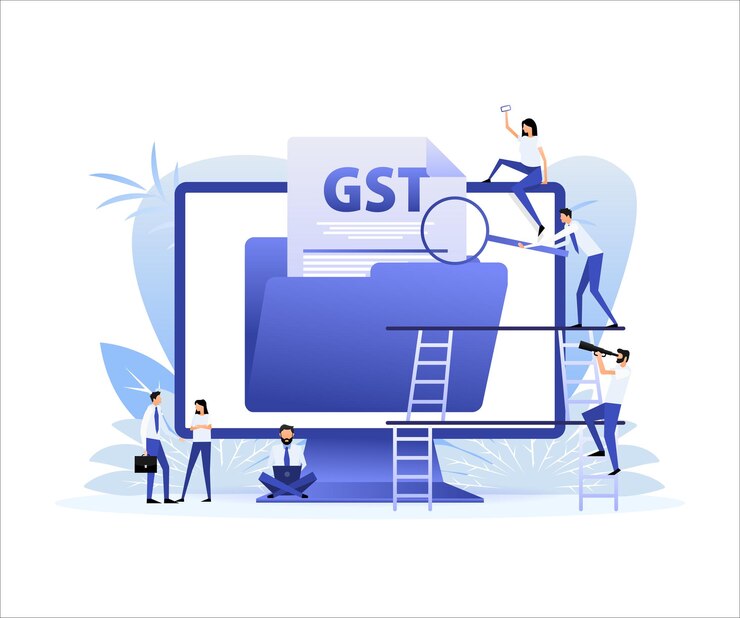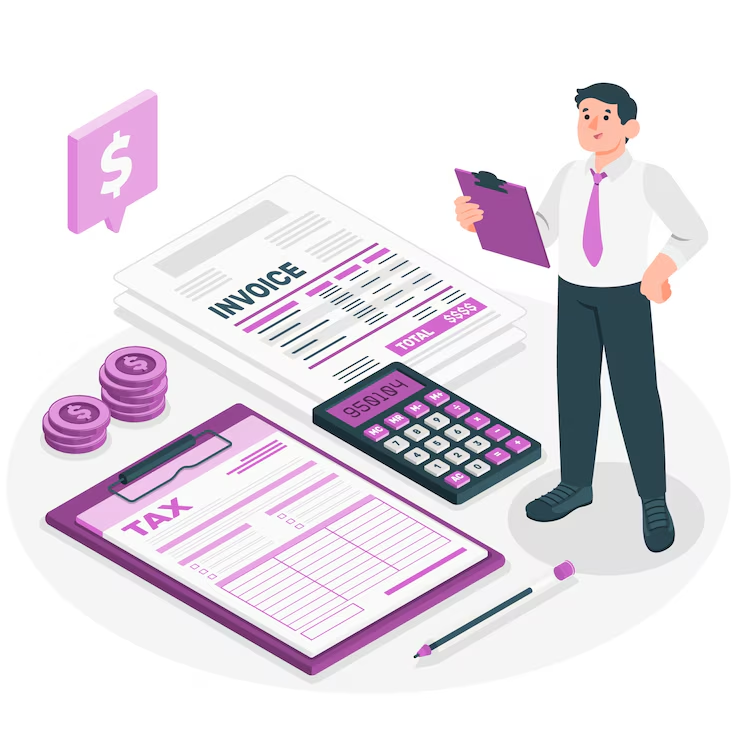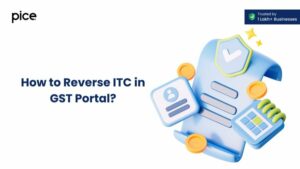Burden of Proof Under GST
- 20 Sep 24
- 10 mins

Burden of Proof Under GST
- Understanding the Concept of Burden of Proof Under GST
- Key Responsibilities for Taxpayers: Burden of Proof in GST Compliance
- How the Burden of Proof Impacts GST Audits and Assessments
- Common Challenges and Solutions in Managing Burden of Proof Under GST
- Legal Precedents and Case Studies on Burden of Proof in GST
Key Takeaways
- The burden of proof under GST requires taxpayers to provide evidence supporting their claims and transactions.
- Accurate record-keeping and documentation, including invoices and payment details, are essential for GST compliance.
- The burden of proof impacts the outcome of GST audits and assessments, requiring taxpayers to present comprehensive evidence.
- Managing the burden of proof involves addressing challenges such as maintaining detailed records and staying updated with GST regulations.
- Legal precedents highlight the importance of presenting both direct and circumstantial evidence to support GST claims.
Understanding the Concept of Burden of Proof Under GST
Under the Goods and Services Tax (GST), the idea of "Burden of Proof" is very important for making sure that people follow the rules and that the tax system is clear. Basically, it is up to the taxpayer to show that their claims and activities are true by providing enough evidence. This means that if someone questions or disputes their taxes, they have to show that their transactions were legal, their records are correct, and they followed GST rules.
When it comes to GST, the burden of proof is especially important for both sellers and buyers. The dealer who is selling must back up their sales with formal proof, like copies of invoices, proof that payment was made, and other relevant documents. In the same way, the dealer who is buying needs to keep correct records of payments and other information to back up input tax credits and other claims.
In GST, the burden of proof includes giving both statutory material and circumstantial evidence to back your case. This can include proof of things like checks, web payments, freight costs, and records of past transactions.
Key Responsibilities for Taxpayers: Burden of Proof in GST Compliance
People who pay taxes under the GST system have certain duties when it comes to the proof that they have to provide. To make sure compliance, you need to keep very accurate records and be ready to show proof when asked. This part talks about the main things that people need to do to handle the burden of proof in GST compliance.

One of the main duties is to keep complete and correct records of all activities. This means saving copies of bills, information about payments, and proof that they have been made, like checks or online payments. These papers are official records that can be shown during audits or exams to prove transactions.
Taxpayers also need to be careful to keep records of when they pay for freight charges and other business-related costs. These records are very important for proving that claims for input tax credits are real and that sales deals are real. For example, the dealer who is buying must make sure that all input tax credits are backed up by formal proof, such as copies of invoices from the dealer who is selling.
💡If you want to pay your GST with Credit Card, then download Pice Business Payment App. Pice is the one stop app for all paying all your business expenses.
Understanding the legal requirements and rules set out by GST laws is another important part. Taxpayers should know the rules well in order to avoid problems and make sure they have all the paperwork they need. It is the taxpayer's job to provide relevant evidence to back their claims in the event of a dispute. But if the case goes to the Appellate Authority, the other side may have to show the taxpayer's claims wrong, which is the opposite of what happened in the lower court.
How the Burden of Proof Impacts GST Audits and Assessments
In GST audits and reviews, the burden of proof is very important and has a direct effect on the results. During audits and assessments, tax officials look closely at the taxpayer's records to make sure that the transactions they report are correct and that they are following GST laws. That responsibility lies with the taxpayer to back up their claims with enough facts.
During an audit, it is the taxpayer's first duty to show a lot of proof, such as copies of bills, proof that they have paid, details of the payment, and records of whether they paid by check or online. This paperwork is needed to prove that sales deals and claims for input tax credits are real. If mistakes are found, the user has to show legal proof to fix them and back up their claims.
Auditors also check the payment of freight costs and other small costs to make sure they are reported and claimed correctly. The dealer that is buying must keep careful records to back up their input tax credits. This shows that all deals are legal and follow GST rules.
During audits and evaluations, it is very important to know the difference between "burden of proof" and "evidenciary burden." The taxpayer has to prove their claims, which is called the burden of proof. To back those claims, the taxpayer has to show both statutory material and circumstantial evidence, which is called the evidentiary burden. If you don't meet these requirements, you could face fines, lost input tax credits, or other legal issues.
Common Challenges and Solutions in Managing Burden of Proof Under GST
Managing the burden of proof under GST can be hard for taxes in a number of ways. Some of these problems are keeping accurate records, keeping up with changes to regulations, and presenting proof clearly during audits and assessments. But there are ways to deal with these problems and make sure obedience.
One problem that often comes up is the huge amount of paperwork that needs to be kept to prove deals. Taxpayers must keep thorough records of all sales, including proof of payment, copies of invoices, and information about how much money was paid. One example of this is proof of payment by check, online payment, or freight charges. Using strong record-keeping systems and digital tools can help speed up this process and make sure that all the necessary information is easy to find.

Another problem is staying up to date on changes to GST rules. A lot of changes are made to the GST rules and guidelines, which can affect who has to prove something and what proof is needed. Businesses can stay up to date on the latest changes and make sure they are following the rules by giving their employees regular training and information programs.
One more problem is that the first burden of proof is on the person being audited or assessed. Taxpayers must back up their claims with a lot of legal proof, such as statutory material and circumstantial evidence. To fix this problem, companies can buy GST-compliant software that handles paperwork and reports automatically, making it simpler to gather and show the right proof.
Disputes with tax officials can also be hard, especially when the burden is on the other side. In these situations, the taxpayer has to first show their claims. If they are questioned, it is then up to the government to disprove them. Hiring professional advisors or lawyers can help taxpayers get through these disputes and make sure their proof is presented correctly.
Legal Precedents and Case Studies on Burden of Proof in GST
Legal precedents and case studies provide valuable insights into how the burden of proof is applied and interpreted under GST. These examples highlight the importance of maintaining accurate records and presenting compelling evidence to support tax claims.
One notable case involved a purchasing dealer who was required to substantiate their input tax credit claims. The Appellate Authority emphasized that the burden of proof lies with the taxpayer to provide legal evidence, including copies of invoices and proof of payment made. In this case, the dealer successfully presented payment particulars and relevant material, demonstrating compliance with GST laws and validating their claims.
In another case, the distinction between burden of proof and evidentiary burden was highlighted. A selling dealer was audited, and discrepancies were found in their sale transactions. The initial burden of proof cast upon the dealer required them to present statutory material, such as payment by cheque and records of earlier transactions. Despite initial challenges, the dealer provided circumstantial evidence and other relevant documentation, satisfying the evidentiary burden and resolving the discrepancies.
These cases underscore the importance of understanding the burden of proof used in GST compliance. Taxpayers must be prepared to provide both direct and indirect evidence, including circumstantial evidence, to support their claims. Legal precedents show that thorough documentation and effective presentation of evidence can significantly influence the outcome of audits and assessments.
 By
By 
















